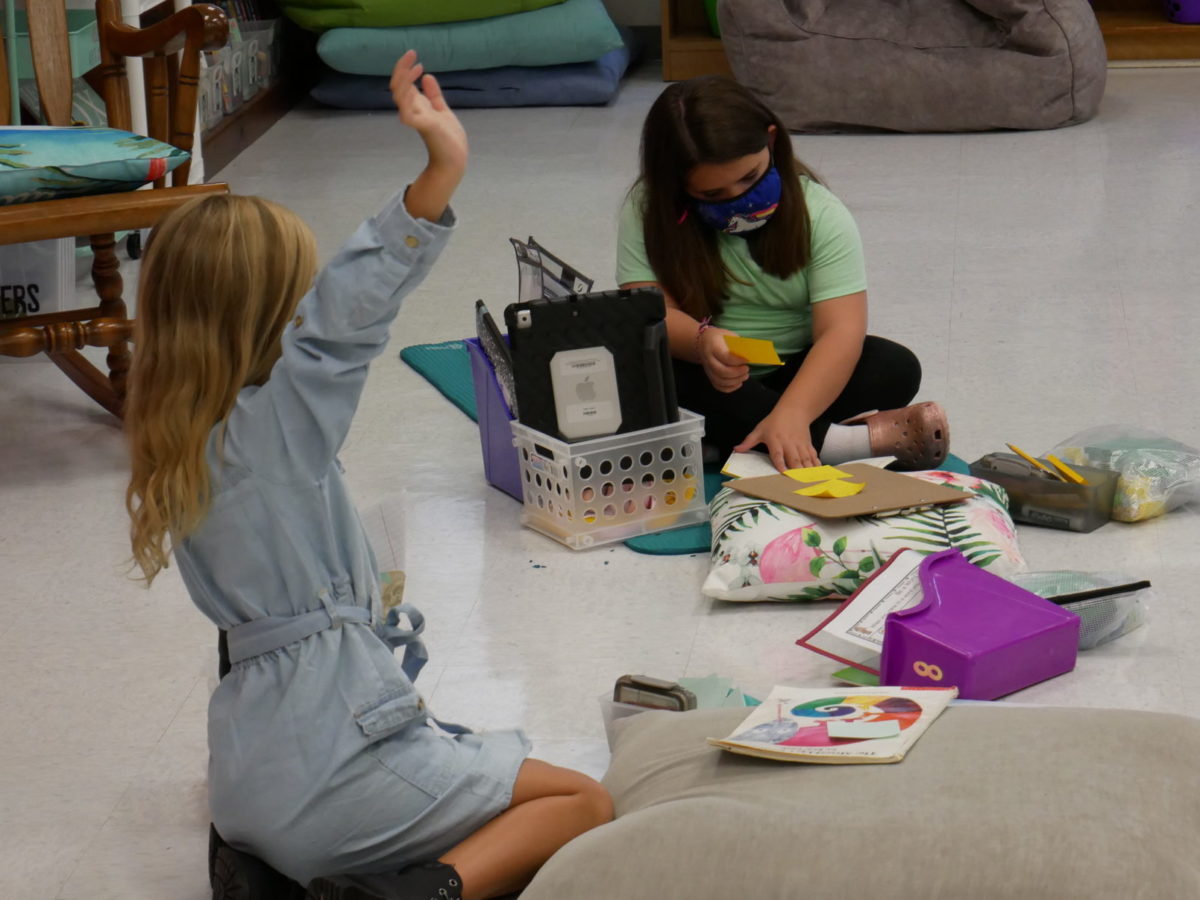
COVID-19 has fundamentally disrupted many of the regular patterns and structures of daily life. As a consequence of these disruptions, many families have changed their decisions about where to send their children to school.
Recent analyses show declines in North Carolina public school enrollments in 2020-21, especially in kindergarten, and sizable increases in the number of new home schools in the state. While these data are an important first step in understanding the impacts of the pandemic on school enrollments, there is much more to learn.
At the Education Policy Initiative at Carolina (EPIC), we took a deeper look at how fall 2020 enrollment changes are distributed across different types of districts, schools, and students in North Carolina. Our primary results, described below, have potential long-term implications for school funding levels, the segregation of students by income and race or ethnicity, and increased concentrations of school poverty. State and local education officials need to be aware of these findings and ready to support the fiscal health and diversity of public schools.
Our work confirms previous analyses showing overall enrollment losses in North Carolina public schools. Enrollment losses are concentrated within traditional public schools. Charter schools experienced gains in enrollment in fall 2020 and the number of home schools in the state expanded rapidly relative to previous years. These patterns of growing enrollments in charter and home schools suggest that more parents chose to opt out of traditional public schools in fall 2020.
Our work also shows that there is considerable variation in the size of enrollment losses — i.e., some schools and districts lost relatively few students, others lost many more. Schools and districts experiencing large enrollment declines may be particularly at risk for future funding cuts. North Carolina policymakers should pay attention to these enrollment numbers and consider ways to reduce sudden losses of funding associated with lower enrollment.
When we examined enrollment changes by district, there were no significant differences in enrollment losses based on whether the district initially opened under fully remote or hybrid instruction. However, urban districts and districts in economically stronger counties had larger enrollment losses. Likewise, we found that schools with fewer students of color, fewer low-income students, and the highest performance grades (rated as “A” schools), experienced larger enrollment losses. Taken together, these district and school results suggest that enrollment declines were more pronounced in urban areas with more schooling options (charter and private) and in areas with more affluent and white students.
Looking at enrollment outcomes for individual students, we see different patterns of movement by race/ethnicity and family income. All student groups had fewer new entries into public schools in fall 2020, but only white students and non-economically disadvantaged students exited the public school system in greater numbers in fall 2020 than the previous year. Virtual schools were also a source of increased student mobility. Many districts operated virtual options as part of existing schools, but some opened stand-alone virtual schools. Black students and economically disadvantaged students were more likely to transfer to these stand-alone virtual options. If these different patterns of student movement by race/ethnicity and family income are sustained as schools return to more typical patterns of operation, they may lead to an increase in racial/ethnic and income-based segregation and an increase in concentrations of school poverty.
We don’t yet know what the landscape of education will look like in fall 2021 or further into the future, but the pandemic is likely to create permanent changes in the schooling choices of some families. Virtual schools are likely to continue, and some of those who opted out of public schools may not return. As we move forward into the 2021-22 school year and beyond, policymakers and educators need to monitor school enrollments and take action to reduce the consequences of enrollment declines. By tracking data and investing in education (e.g., with federal stimulus funds), policymakers and educators can strengthen schools and help ensure that changes in enrollment do not reduce students’ of color and low-income students’ access to educational resources.
"and" - Google News
April 13, 2021 at 04:00AM
https://ift.tt/3mGxZNX
Enrollment declines: North Carolina's public schools - EdNC
"and" - Google News
https://ift.tt/35sHtDV
https://ift.tt/2ycZSIP
And
Bagikan Berita Ini

















0 Response to "Enrollment declines: North Carolina's public schools - EdNC"
Post a Comment